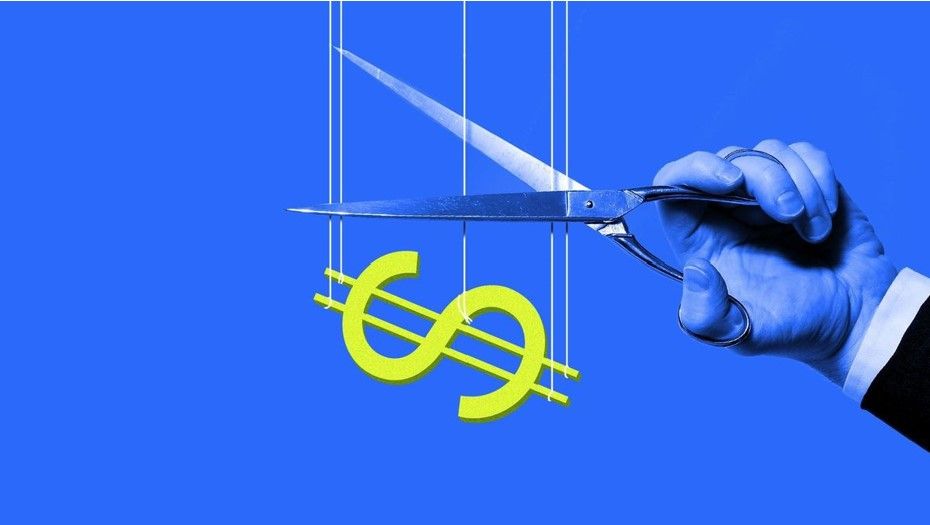Business Practices, eNews
The art of credit approvals

Among the core responsibilities of a credit professional is the credit approval process, enabling a business to assess a customer’s creditworthiness, minimize the risk of bad debt and make informed decisions about extending credit. For larger credit requests or riskier customers, the decision may need to be reviewed by senior management or a credit committee to ensure alignment with the company’s risk tolerance.
Why it matters: Whether onboarding new customers or increasing credit limits, establishing an efficient credit approval process can significantly impact a company’s revenue and strengthen long-term customer relationships.
What is the B2B credit approval process?
The B2B credit approval process involves evaluating a potential or existing customer’s creditworthiness to determine if credit can be extended to purchase goods or services. This process considers factors such as the type of borrower, cash flow, value and type of collateral and exposure levels. Key questions asked during the credit approval process include:
- How much credit is required?
- What is the profit margin on the product being sold?
- Does the customer have the resources to pay? Is the use of trade credit for convenience, or is it being used as a substitute for a bank loan?
- When will the customer pay? Does their history suggest slow payment or potential disputes?
- If the customer cannot pay on time, will they have the resources when payment is due?
- How much credit do other vendors extend to this customer, and is the request consistent with those limits?
Determining a credit threshold
One of the first steps in the credit approval process is setting a credit threshold, which defines the maximum amount of credit a business is willing to extend to a customer. This threshold helps manage risk by determining when a credit decision should be escalated to higher levels of approval, such as upper management or a credit committee, based on the size or risk of the request.
A customer’s financial standing directly influences how much credit can be extended. “We look at the entire receivables portfolio, their overall exposure and assess where we stand,” said Marlene Groh, CCE, ICCE, regional credit Manager at US LBM Holdings, LLC (Buffalo Grove, IL). “As we centralize credit functions, we’re shifting authority from sales leadership to the credit team. This way, upper management can focus on top-risk accounts when making decisions.”
The sales team often plays a key role in setting the credit threshold, as they have established relationships with customers and can provide valuable insights into potential risks and customer behavior. “We always ask sales about the customer’s anticipated purchasing needs,” said Derrick Swaney, credit specialist II at MiTek, Inc. (Chesterfield, MO). “This helps streamline the credit approval process because, if we tried to get every customer approved for the highest limits possible, it would be more difficult.”
While the credit team leads the process, other departments, such as sales, often assist in determining the credit threshold. “For high-volume accounts, I involve the division manager,” said Nate Yagle, VP of credit at Premier Companies (Seymour, IN). “They review the account and sign off on the credit application, taking on the risk if they approve it.”
Establishing a Delegation of Authority (DOA)
A clearly defined delegation of authority (DOA) transfers decision-making power from one person or group to another, assigning responsibilities for specific decisions. Often, credit managers delegate authority for approving larger credit limits or riskier customers to upper management or a credit committee. This ensures that, in the event of a payment default, the risk is shared rather than solely borne by the credit manager.
For example, Scott Dunlap, director of credit and collections at Coleman Oil Company, LLC (Lewiston, ID), has an assigned approval limit based on the authority level of the credit analyst. “When a requested credit limit exceeds an analyst’s authority, the decision is escalated to the next level of management,” he said. “This tiered escalation ensures that decisions involving higher amounts or greater risk are reviewed by senior leadership, including ownership if necessary.”
If the requested amount exceeds the approval limit, it may be escalated to the Board of Directors or a Credit Committee. “For extended terms with agronomy customers or financing agreements over $500,000, we take it to the Board or the Credit Committee for approval,” said Yagle. “Otherwise, I can make the decision myself. But with rising prices, this threshold is impacting more accounts. Now, any agronomy account with extended terms over $500,000 requires Board approval.”
Tips to streamline the credit approval process
- Verify all information: Verifying customer information is important to managing risk, preventing fraud, ensuring accurate credit limits and complying with regulations. “When a customer wants a credit line increase, we have them complete a new credit application to make sure everything is up to date,” said Swaney. “This way, we avoid red flags and ensure no changes go unnoticed.”
- Automate processes: Automation can streamline credit approval, especially for larger companies. “We process over 100 credit applications a month, spread across multiple states, which makes it difficult to stay transparent with stakeholders,” said Yagle. “We’re working on creating a dashboard to track the status of applications.”
- Prioritize: Focus on higher-risk credit requests that could significantly impact the company. “Don’t waste excessive time analyzing smaller, low-risk requests,” said Dunlap. “Instead, direct your attention to larger, more complex credit applications.”
- Entrust your team: Empowering your team to make credit decisions can improve efficiency. “Balancing risk while maintaining efficiency can be challenging,” said Swaney. “By trusting your team, you improve workflow and allow for quicker credit decisions.”
The bottom line: Following best practices, like establishing a delegation of authority and determining a credit threshold, can significantly improve the credit approval process, increasing a company’s revenue and strengthening long-term customer relationships.





